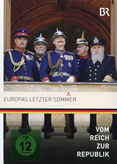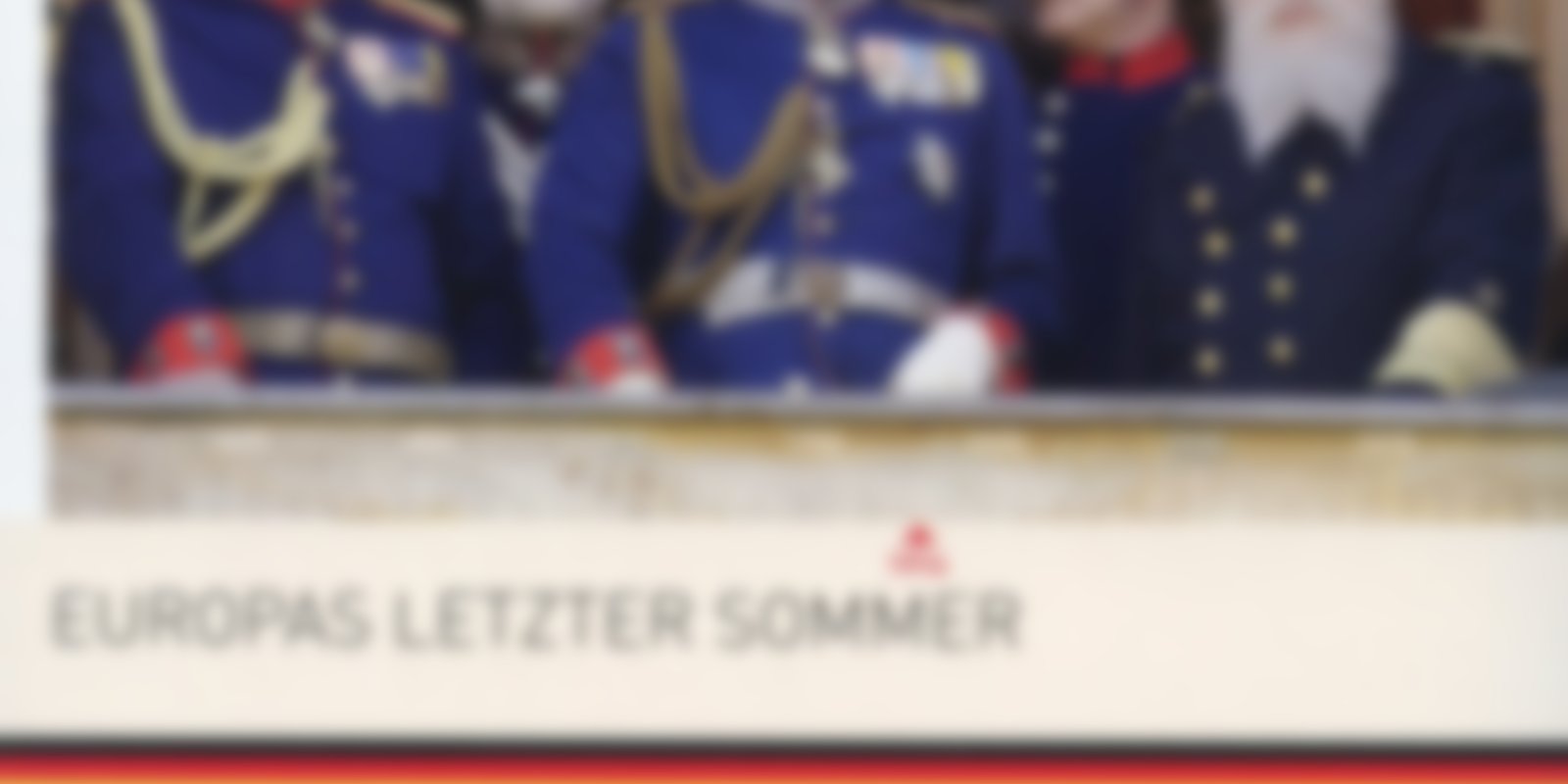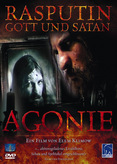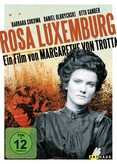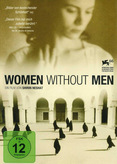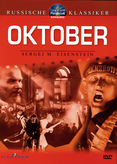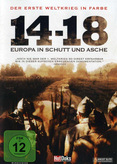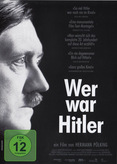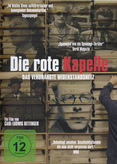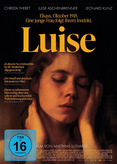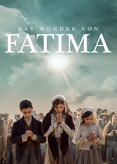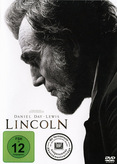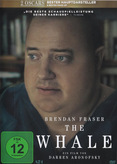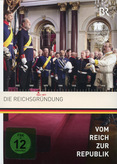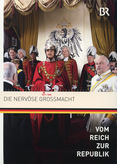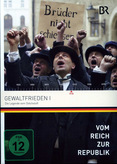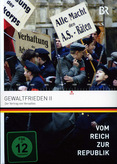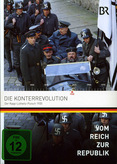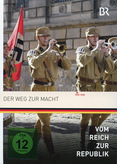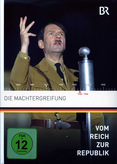Europas letzter Sommer schildert die dramatischen fünf Wochen zwischen dem Attentat von Sarajewo, Ende Juni 1914, auf den Österreichischen Thronfolger Erzherzog Ferdinand und dem Ausbruch des Ersten Weltkriegs, Anfang August 1914. Die Handlung beschränkt sich auf die beiden verbündeten kontinentalen Mächte: Deutschland und Österreich. Während die Welt das Attentat, bei dem der Thronfolger und seine Frau zu Tode kommen, eher beiläufig aufnimmt, spult sich hinter den Kulissen, in den Machtzentren Berlin und Wien ein Ränkespiel ab, das hier erstmalig filmisch beleuchtet wird. Das Deutsche Reich, in Person des Kanzler Bethmann-Hollweg und der hohen Militärs, drängt Österreich-Ungarn zum Krieg gegen Serbien. Da Serbien mit Russland verbündet ist und dieses mit Frankreich und England (Triple-Entente), entsteht eine Kettenreaktion, die schließlich zum Weltkrieg führt. Kaiser Wilhelm II und Kaiser Franz-Josef von Österreich erscheinen hier als Randfiguren, an denen die Politik Richtung Krieg vorbeigeht. Was mit den Schüssen auf den Thronfolger begann, entwickelt sich schließlich zur Urkatastrophe des 20. Jahrhunderts.
Dies ist der 3. Teil der 10-teiligen 'Vom Reich zur Republik' Reihe:
01. Die Reichsgründung: Der Aufstieg Bismarcks vom preußischen Ministerpräsident zum Kanzler des Deutschen Reiches (Teil 1)
02. Die nervöse Großmacht: Der Aufstieg Bismarcks vom preußischen Ministerpräsident zum Kanzler des Deutschen Reiches (Teil 2)
03. Europas letzter Sommer: Das Attentat von Sarajewo 1914 und der Ausbruch des Ersten Weltkrieges
04. Gewaltfrieden 1: Die Legende vom Dolchstoß: Deutschland in der Zeit nach dem Ersten Weltkrieg
05. Gewaltfrieden 2: Der Vertrag von Versailles: Deutschland in der Zeit nach dem Ersten Weltkrieg
06. Die Konterrevolution: Der Kapp-Lüttwitz-Putsch 1920 - Die Anfänge der Weimarer Republik
07. Hitler vor Gericht: Hitlers Verurteilung wegen Hochverrats im April 1924
08. Der Weg zur Macht: Das Deutsche Reich von 1929 bis 1932 - Der Aufstieg Hitlers und der NSDAP
09. Die Machtergreifung: Der Zusammenbruch der Weimarer Republik
10. Der Staat ist für den Menschen da: Die Entstehung der neuen demokratischen Verfassung Deutschlands
Weiterlesen »
Europe's Last Summer describes the dramatic five weeks between the assassination attempt in Sarajevo at the end of June 1914 on the Austrian heir to the throne, Archduke Ferdinand, and the outbreak of the First World War at the beginning of August 1914. The plot is limited to the two allied continental powers: Germany and Austria. While the world takes the assassination attempt, in which the heir to the throne and his wife are killed, rather casually, a game of intrigue unfolds behind the scenes, in the centers of power of Berlin and Vienna, which is illuminated here for the first time on film. The German Reich, in the person of Chancellor Bethmann-Hollweg and the high military officers, urges Austria-Hungary to war against Serbia. Since Serbia is allied with Russia and the latter with France and England (Triple Entente), a chain reaction ensues that eventually leads to world war. Emperor Wilhelm II and Emperor Franz-Josef of Austria appear here as marginal figures who are bypassed by politics in the direction of war. What began with the shots fired at the heir to the throne eventually developed into the seminal catastrophe of the 20th century.
This is the 3rd part of the 10-part 'From Empire to Republic' series:
01. The Founding of the Empire: Bismarck's Rise from Prussian Prime Minister to Chancellor of the German Reich (Part 1)
02. The Nervous Great Power: Bismarck's Rise from Prussian Prime Minister to Chancellor of the German Reich (Part 2)
03. Europe's last summer: The assassination attempt in Sarajevo in 1914 and the outbreak of the First World War
04. Violent Peace 1: The Legend of the Stab in the Back: Germany in the Period after the First World War
05. Violent Peace 2: The Treaty of Versailles: Germany in the Period after the First World War
06. The Counterrevolution: The Kapp-Lüttwitz Putsch 1920 - The Beginnings of the Weimar Republic
07. Hitler on trial: Hitler's conviction for high treason in April 1924
08. The Road to Power: The German Reich from 1929 to 1932 - The Rise of Hitler and the NSDAP
09. The seizure of power: The collapse of the Weimar Republic
10. The state is there for the people: The emergence of Germany's new democratic constitution
More »
